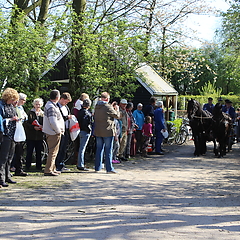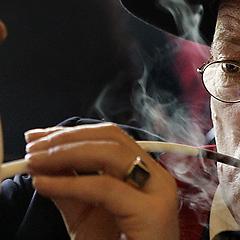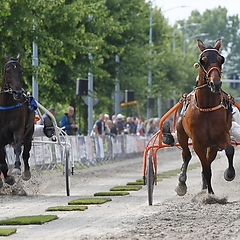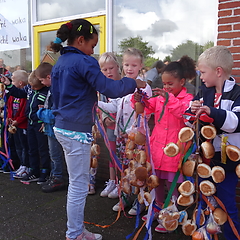Every seven years the village of Beesel in Limburg performs the Dragon stabbing drama, a stunning theatre play in which virtually the whole village participates. The play is based on the legend of Saint George and the dragon. In the old story George saves the king’s daughter from the monster. Every performance of the stabbing of the dragon slightly differs from the previous ones, to keep things interesting for the audience as well as the actors. No fewer than 500 actors all live in Beesel, or were born there. The inhabitants also build the decor, the attributes and the 46 feet long, fire-breathing dragon with their own hands. Every house is decorated with dragon flags. The play is performed six times, for 2500 people each. In recent years new events have been added: Children’s Dragon stabbing for the children of Beesel. They build their own mini-dragon. The historic parade, a rather recent addition, attracts as many as 30,000 visitors. The ‘Night of the Dragon’, the final feast, is also in dragon-style.



